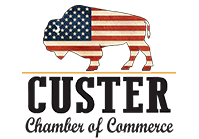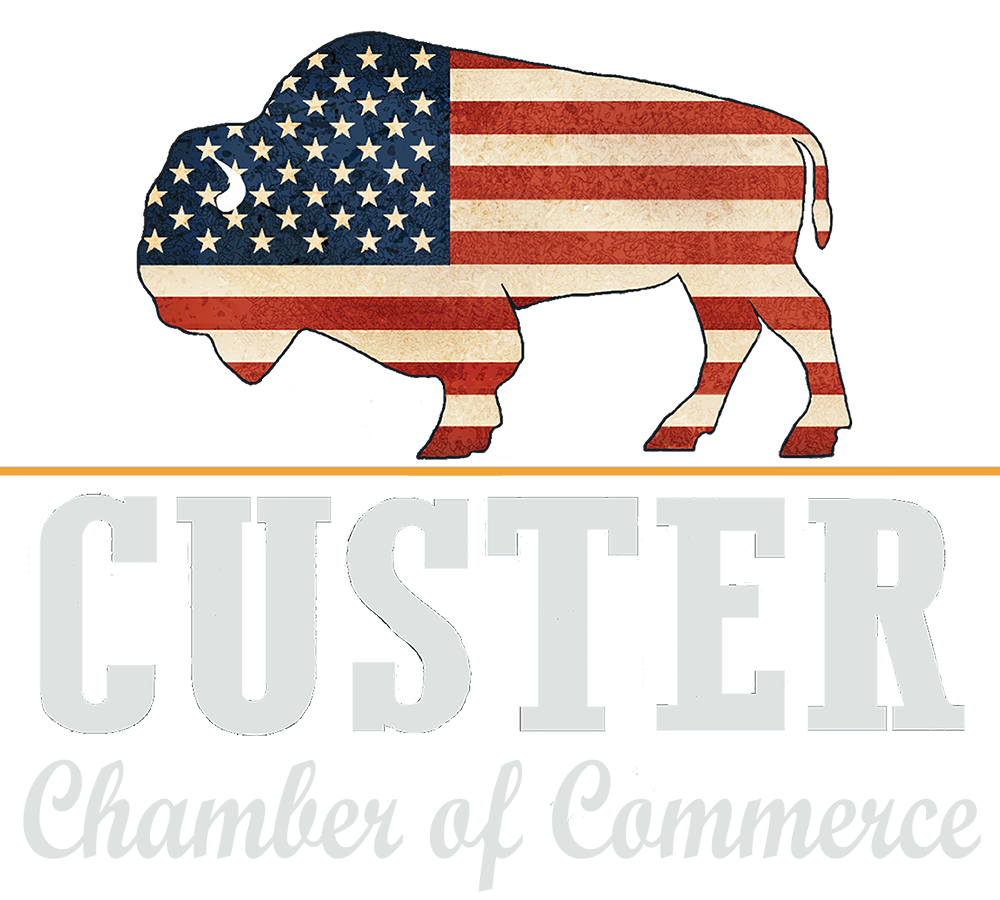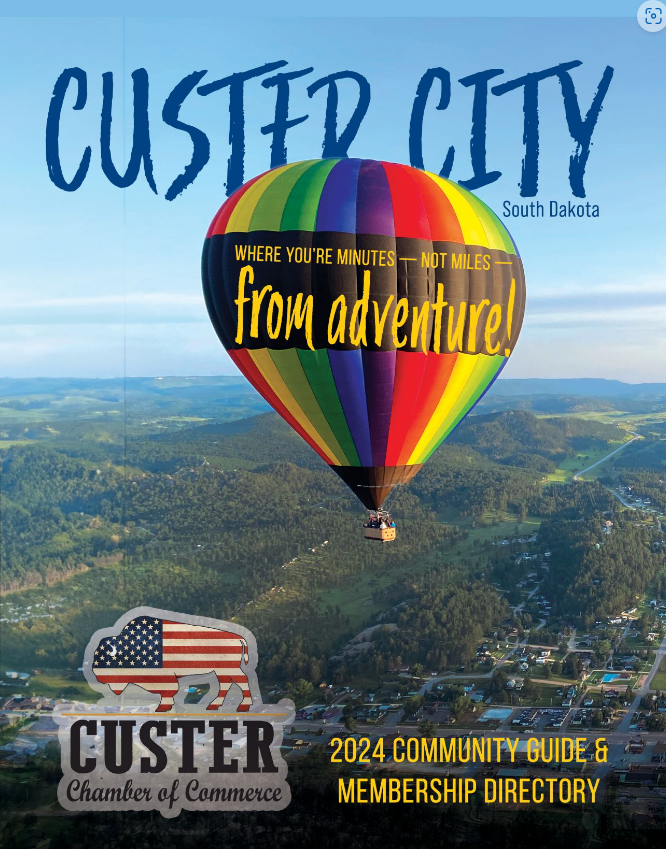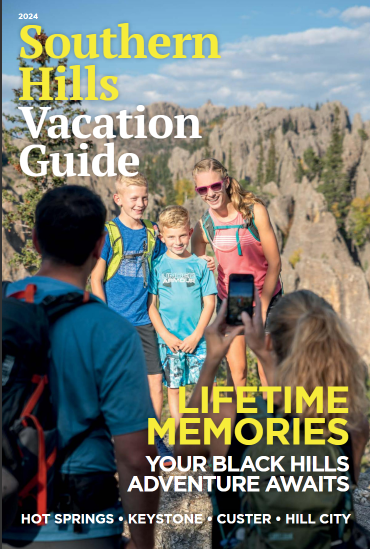| Wind Cave-Wasun Wiconiya Wakan Sacred Breath or Breath of Power Cave Written by JD April 9, 2018  That vast lookin open prairie can seem deceptively empty. But look closely, those dark spots in the distance might be buffalo (bison fer ya folks needin ta be particular like) standin thar in tall prairie grasses, or a smaller coyote huntin prairie dogs. | BRIDGES OF CUSTER COUNTY March 27, 2024 Groundhog Day! Written by Andrea Spaans February 1, 2024  Plan for Vacation Day Written by National Day Calendar January 29, 2024 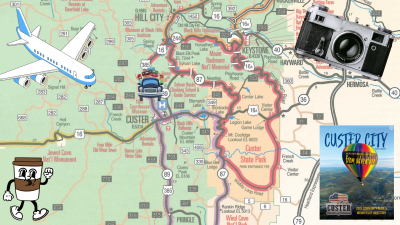 Christmas Lights December 20, 2023 Holidays in the Hills November 22, 2023 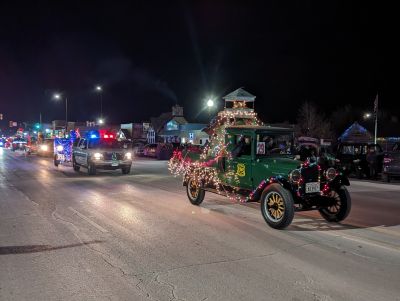 |

|
||||
|
|
||||
